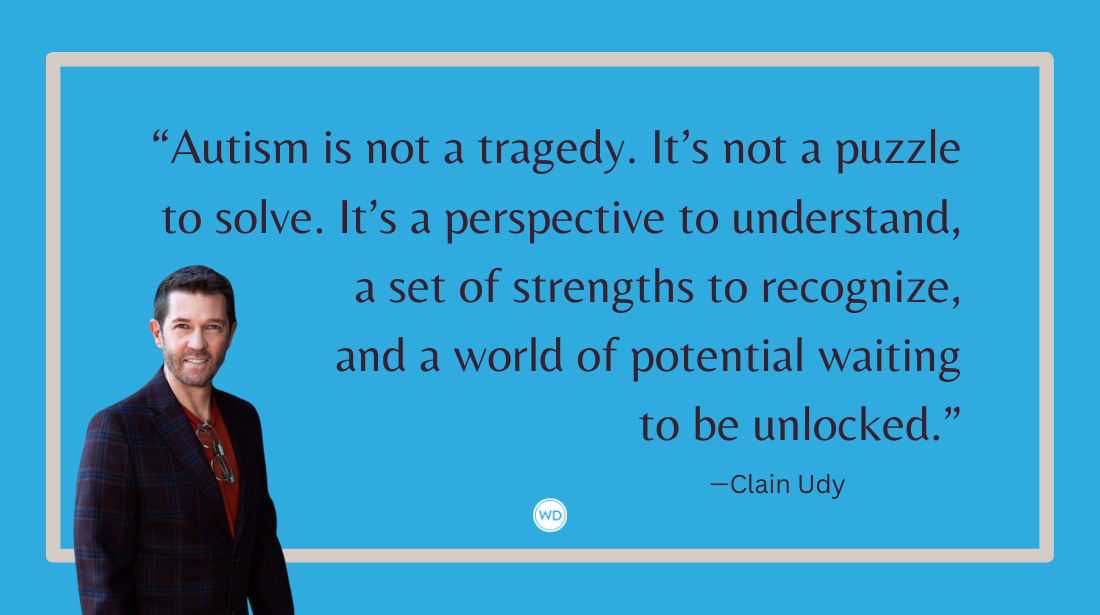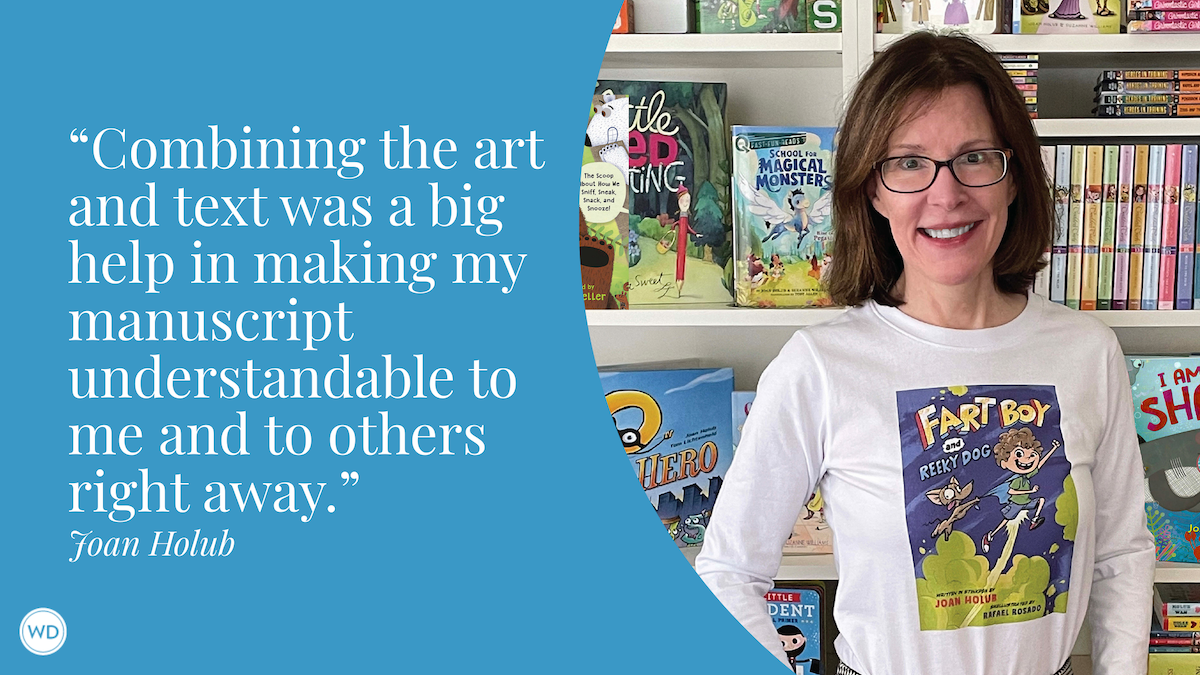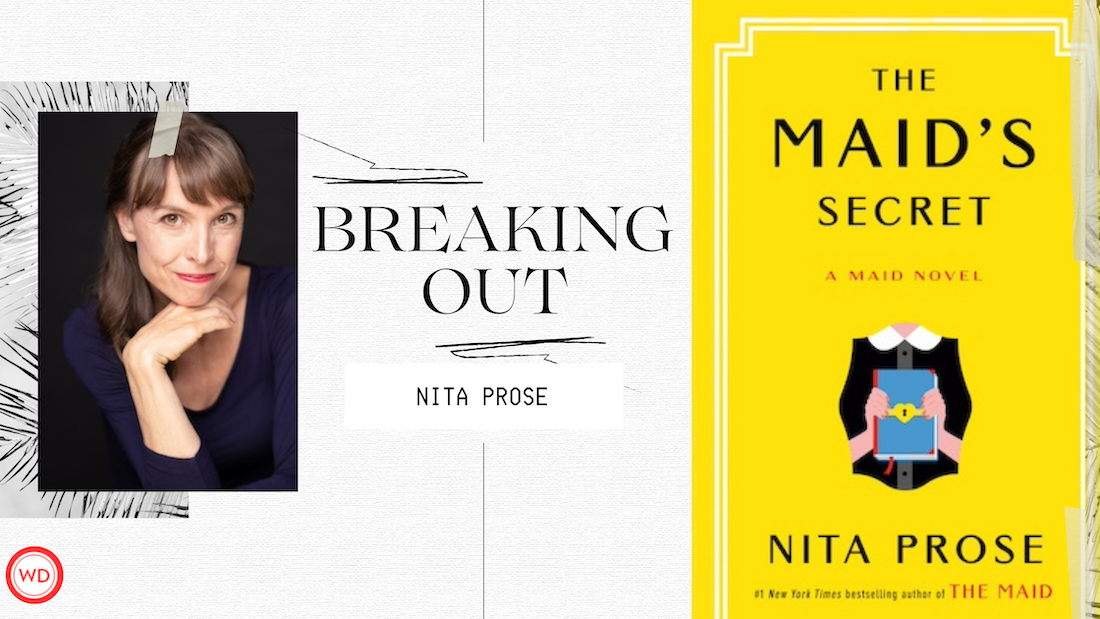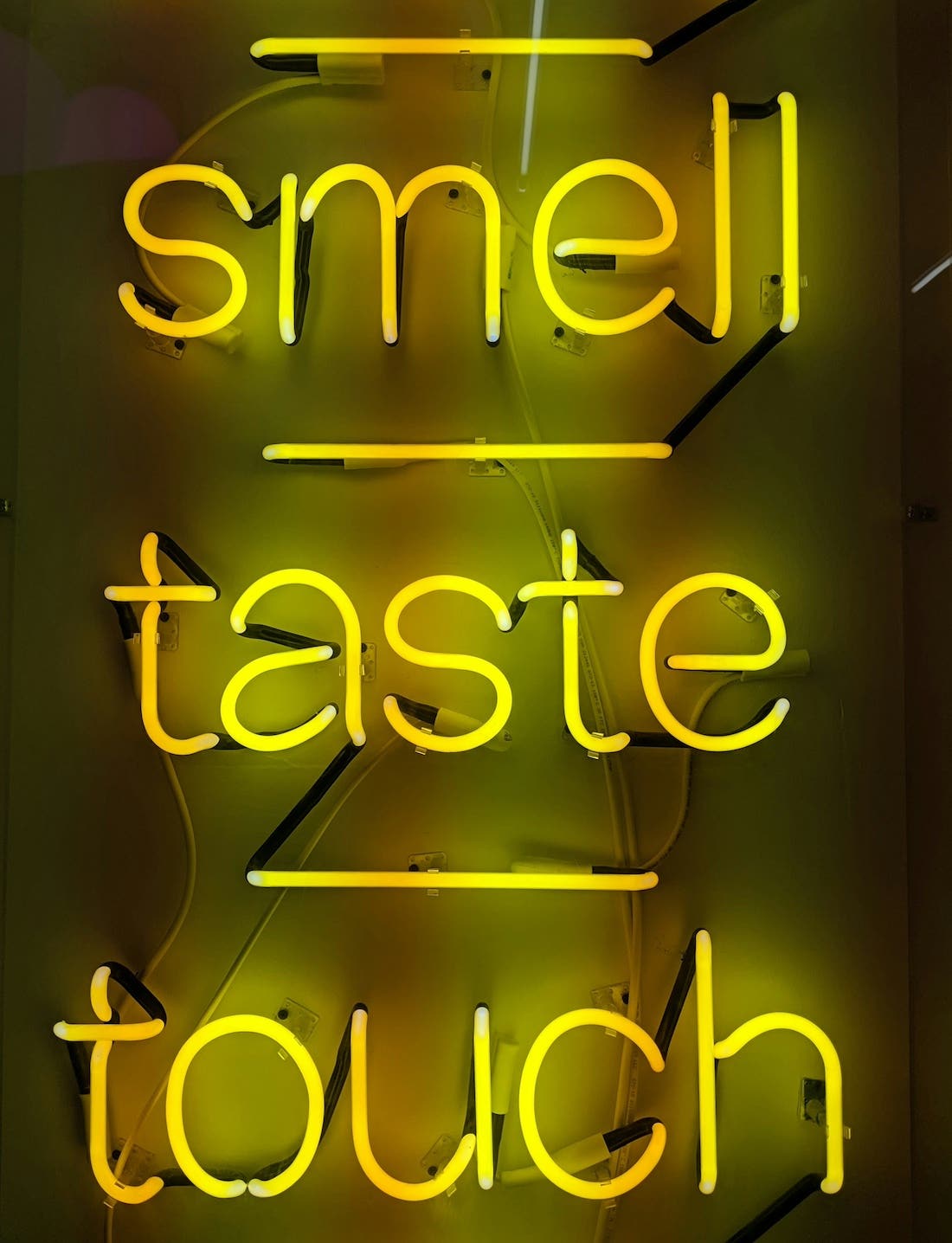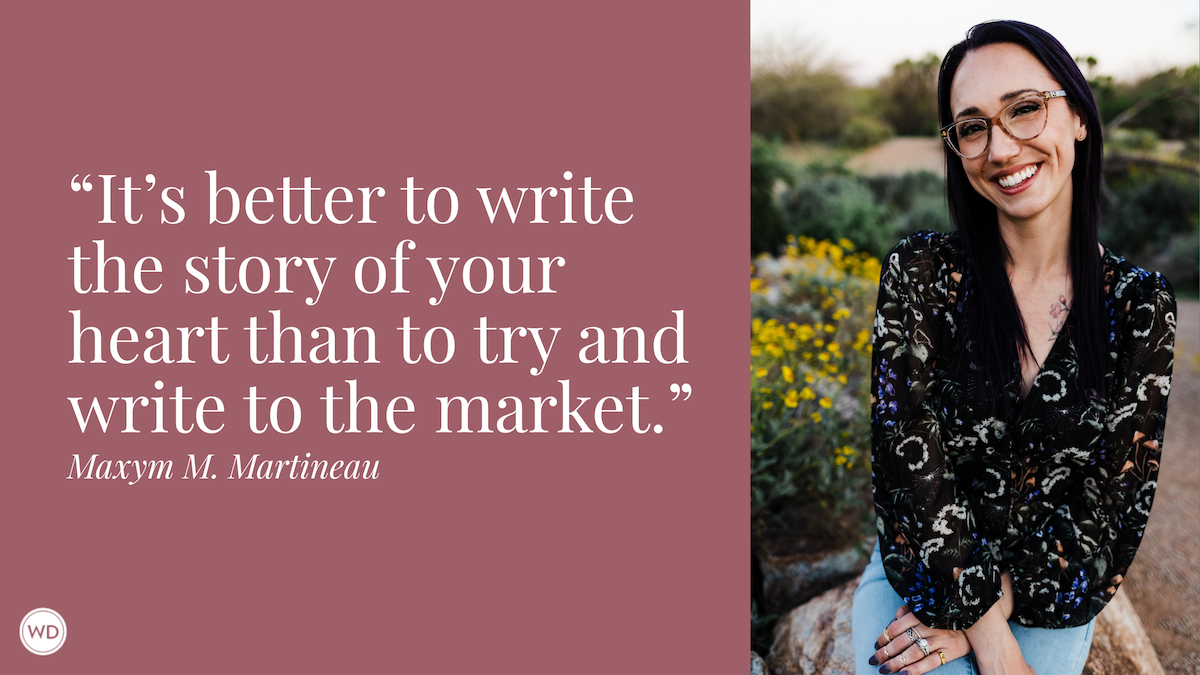What Is NaNoWriMo?
You might have heard about National Novel Writing Month AKA NaNoWriMo. But what is it, really? And how can writers get involved?
I first learned about NaNoWriMo in 2010. I was in high school, working on my second novel, and a friend asked me if I’d heard of it.
“No. What is it?” I asked, not knowing that the answer would change my writing life forever.
The short answer: It’s an online challenge where writers come together during the month of November to write 50,000 words of a work-in-progress. You can sign up for a free account at NaNoWriMo.org.
The long answer: Well, NaNoWriMo is…
A Starting Place
Many people begin their NaNo journey with a project that they’ve been wanting to work on but haven’t quite gotten started yet. In 1999 when NaNoWriMo first began, the idea behind the 50,000-word goal is that it’s just about industry standard for the length of a novel.
Now, it’s more of a goal post—while 50k is still the finish line for the competition, but many people join just to create a daily writing habit, to write the first draft of a poetry chapbook or short story collection, or even for hobby projects like fan-fiction stories meant purely for entertainment.
NaNoWriMo can be whatever kind of writing challenge that you want it to be! Including…
A Pressure Cooker for Works-In-Progress
Yes, many people start a new NaNo challenge with a new project. However, if you’ve got 20,000 words of a book already written, there’s nothing in the rules saying you can’t add 50,000 words to that word count during the challenge! The spirit of the challenge is that you should aim to write 50,000 words; if you need a kick to get your work-in-progress down on the page, you can definitely go ahead and do that.
A Community
Online…
There are plenty of ways to engage with NaNoWriMo before, during, and after the challenge; the site has a list of forums where writers can ask each other questions, get tips and advice, and even just chat about whatever they find most interesting about their genres or projects!
You can create a private writing group on NaNo’s site where you can chat with your writing buddies and share encouragement, challenge each other to word sprints (where you try and write as much as possible in short bursts of time), or even just keep each other accountable by sharing your daily word count!
You can follow @NaNoWordSprints on Twitter and participate in daily word sprints led by the Twitter account. They also provide some prompts in case you’re struggling for some inspiration and everyone shares and chats in the comments of the posts when the sprints are over.
…And In Person!
There’s a regional lookup, where you can look for groups of local writers who can communicate via the website, see local calendars and forums, and even plan to host meetups!
You might also be surprised by what close by is a local Come Write In meetup location! Come Write In is a “program connects libraries, bookstores, and other neighborhood spaces with their local NaNoWriMo participants to build vibrant writing communities,” according to the NaNo website. My local library and one of my favorite bookstore/coffee shops are Come Write In locations, which I found out by researching their calendars.
For writers who are a little more hands-on, you can apply to volunteer as a Municipal Liaison! While this year’s deadline to apply has passed, you can always apply next year. You can find more information on this on NaNo’s website.
*****
One of the biggest obstacles any writer faces is finishing the first draft of a novel. As Nora Ephron said, "I think the hardest part about writing is writing." Enter National Novel Writing Month, which has generated one of the most effective approaches to writing a first draft and bounding to new imaginative heights.
*****
A Writer’s Resource
NaNoWriMo understands that a successful project isn’t just built on the page; it’s also about the work you do before and after writing!
There’s an entire segment of NaNo’s website dedicated to prepping for NaNoWriMo; you can find this most active during October of every year. As someone who used this prep for last year’s project, I can happily say that it’s an easy and direct way to get your project organized and ready to be written on November 1.
During your project, you might find your vigor waning, your words coming slower, your characters deflating. When you need a little inspiration, you can head over to the NaNoWriMo Pep Talks part of the site, where famous authors share their wisdom and encouragement to help you keep going toward that finish line!
Interested in trying out everything from writing software to classes to writing organizations? People who sign up for NaNoWriMo’s free site have access to special offers from many different companies and communities centered around everything writing!
And when the month of November is over, there’s still more to get from being a NaNoWriMo writer! A section of the site is dedicated to the editing and publishing paths that come once your project is done being penned, and a smaller, less formal version of the writing challenge happens every April and July, called Camp NaNo. During Camp NaNo, you choose the word count goal, rather than reaching for the November 50,000 words!
Is that answer long enough for you? This is just a taste of what NaNoWriMo has to offer! To sign up for your free account to get access to all of this and more, head over to the NaNoWriMo website today! You can also check out the articles that Grant Faulkner, Executive Director of NaNoWriMo, has written here on the WD site.
Are you planning to participate in NaNoWriMo this year? The WD Team is! Let us know in the comments if you’ve got a project in mind for this November.
Since obtaining her MFA in fiction, Moriah Richard has worked with over 100 authors to help them achieve their publication dreams. As the managing editor of Writer’s Digest magazine, she spearheads the world-building column Building Better Worlds, a 2023 Eddie & Ozzie Award winner. She also runs the Flash Fiction February Challenge on the WD blog, encouraging writers to pen one microstory a day over the course of the month and share their work with other participants. As a reader, Moriah is most interested in horror, fantasy, and romance, although she will read just about anything with a great hook.
Learn more about Moriah on her personal website.



